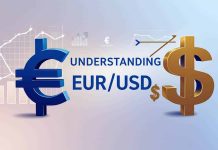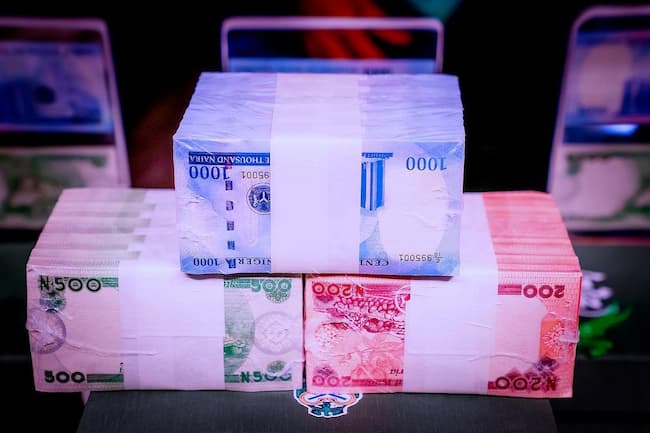The naira appreciated to ₦1,611 per US dollar in the official foreign exchange market following the Central Bank of Nigeria’s (CBN) continued intervention, with an additional $98 million sold to ease pressure on the local currency. This brings the apex bank’s total FX intervention to over $560 million in just four days.
Investment firm CardinalStone estimates monthly FX sales at $714.65 million—an amount it says is sustainable for up to 32 months under current conditions. Market sentiment remains cautiously optimistic, especially with expectations that future sales of Open Market Operation (OMO) bills could attract more dollar inflows, although the CBN appears to be easing off aggressive debt issuance to control debt servicing costs.
Analysts, however, flagged concerns over Nigeria’s risk profile amid the recently imposed 14% tariff on exports, warning it could divert foreign capital elsewhere unless returns improve. They said any halt in OMO issuances could prompt renewed demand for dollars, with both foreign and local investors hedging against currency risks.
Verto, a financial research firm, noted in a macro update that reduced OMO activity could see hot money outflows accelerate unless yields become more competitive. The CBN has only held one OMO auction each in February and March, signaling a more cautious approach.
Meanwhile, Nigeria’s external accounts showed marked improvement. A newly released 2024 data from the CBN revealed a $6 billion current account surplus, reversing the deficits recorded in 2023. The balance of payments boost is expected to bolster investor sentiment.
On another front, the Federal Government lifted its suspension on the “naira-for-crude” swap initiative, reaffirming it as a long-term strategy to support domestic refining.
CBN’s $98 million FX injection came at exchange rates ranging from ₦1,625 to ₦1,640 per dollar, according to a market note from AIICO Capital. The naira traded between ₦1,610 and ₦1,650 during the session, reflecting a narrowing spread amid increased liquidity.
Meanwhile, global markets remain volatile following fresh tariff actions by U.S. President Donald Trump. A 125% tariff on Chinese goods took immediate effect, while increases for other nations were delayed by 90 days. Oil prices, which earlier dipped to four-year lows, began a modest recovery, with Brent falling below $60 and WTI settling around $57 per barrel.
Amid rising global uncertainty, gold surged 3.4% to $3,086.04 per ounce, driven by a weaker dollar and investor flight to safe-haven assets. U.S. gold futures also climbed 3.7% to $3,101.70, reflecting broader risk aversion.













